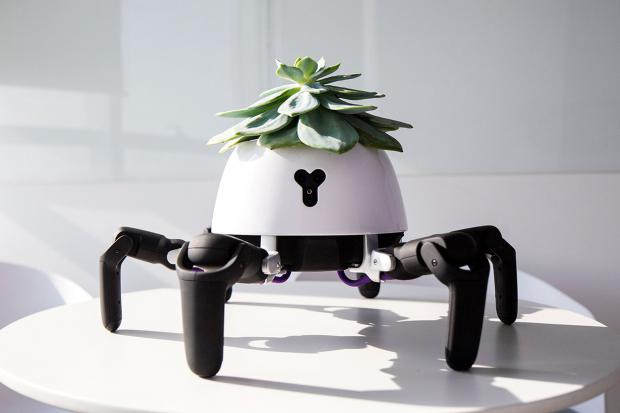
Breaking News
 Alternative Ways to Buy Farmland
Alternative Ways to Buy Farmland
 LED lights are DEVASTATING our bodies, here's why | Redacted w Clayton Morris
LED lights are DEVASTATING our bodies, here's why | Redacted w Clayton Morris
 How My Youtube Channel Makes Money
How My Youtube Channel Makes Money
Top Tech News
 Travel gadget promises to dry and iron your clothes – totally hands-free
Travel gadget promises to dry and iron your clothes – totally hands-free
 Perfect Aircrete, Kitchen Ingredients.
Perfect Aircrete, Kitchen Ingredients.
 Futuristic pixel-raising display lets you feel what's onscreen
Futuristic pixel-raising display lets you feel what's onscreen
 Cutting-Edge Facility Generates Pure Water and Hydrogen Fuel from Seawater for Mere Pennies
Cutting-Edge Facility Generates Pure Water and Hydrogen Fuel from Seawater for Mere Pennies
 This tiny dev board is packed with features for ambitious makers
This tiny dev board is packed with features for ambitious makers
 Scientists Discover Gel to Regrow Tooth Enamel
Scientists Discover Gel to Regrow Tooth Enamel
 Vitamin C and Dandelion Root Killing Cancer Cells -- as Former CDC Director Calls for COVID-19...
Vitamin C and Dandelion Root Killing Cancer Cells -- as Former CDC Director Calls for COVID-19...
 Galactic Brain: US firm plans space-based data centers, power grid to challenge China
Galactic Brain: US firm plans space-based data centers, power grid to challenge China
 A microbial cleanup for glyphosate just earned a patent. Here's why that matters
A microbial cleanup for glyphosate just earned a patent. Here's why that matters
 Japan Breaks Internet Speed Record with 5 Million Times Faster Data Transfer
Japan Breaks Internet Speed Record with 5 Million Times Faster Data Transfer
This sun-chasing robot looks after the plant on its head

Back in school, I remember learning that plants are "heliotropic," meaning they grow toward light. I always found this oddly touching, as if those green tendrils stretching out to the sun proved the plant was yearning to live. And why not? That is why they do it.
But what if plants could do more than stretch? What if they could move like animals, independent of their roots? Evolution hasn't got there yet, but it turns out, humans can help. Chinese roboticist and entrepreneur Sun Tianqi has made it happen: modding a six-legged toy robot made by his company Vincross to carry a potted plant on its back.
The resulting plant-robot hybrid looks like a leafy crab or a robot Bulbasaur. It moves toward the sunshine when needed, and it retreats to shade when it's had enough. It'll "play" with a human if you tap its carapace, and it can even make its needs known by performing a little stompy dance when it's out of water. It's not clear from Tianqi's post how the plant actually monitors its environment, but it wouldn't be too hard to integrate these functions with some basic light, shade, and moisture sensors. We've emailed for more details.

 No Excuses: Throw A Party!
No Excuses: Throw A Party!


